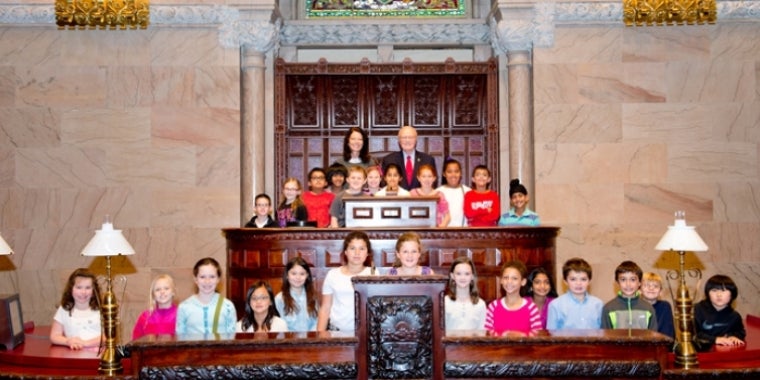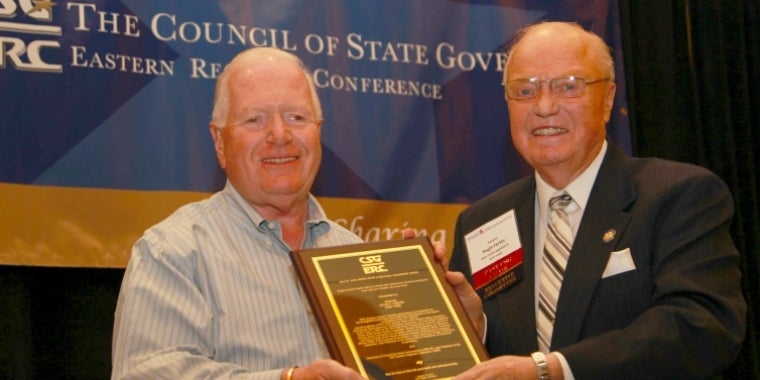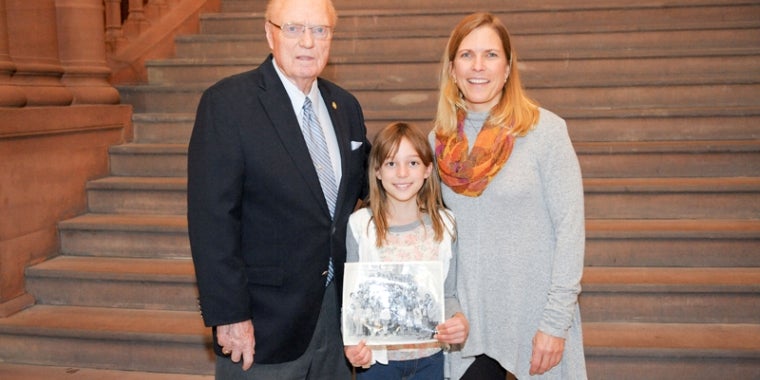
Senator Farley Notes March Is Women's History Month
Senator Hugh T. Farley
March 8, 2016

State Senator Hugh T. Farley (R, C, I – Schenectady) notes that March is Women’s History Month and the Senate continues its tradition of hosting an exhibit in the Well of the Legislative Office Building in Albany from March through April 1st. An online version of the exhibit can be found at Senator Farley’s website at www.farley.nysenate.gov
"Women have played a crucial role in New York State's political, social and economic development," Senator Farley said, “and Women’s History Month is a great time to take stock of the enormous contributions of great women from our past.”
Surgeon and legislator Dr. Elizabeth Gillette (1874-1965) of Schenectady and the 49th Senatorial District was inducted this year.
“She was an amazing woman,” Senator Farley noted. “She was Schenectady County’s first female surgeon and her practice lasted almost six decades.” While there are numerous women medical doctors today, it was virtually unheard of when Gillette received her license to practice in 1899, Senator Farley said. Gillette had studied at the New York Medical College and Hospital for Women. She was also a trailblazer for local women in politics as she ran in 1919 for the State Assembly and won a very close race.
A few other local women of history from Senator Farley’s district include Elizabeth Cady Stanton and Katharine Burr Blodgett, both from the 49th Senate District.
Johnstown native Elizabeth Cady Stanton (1815-1902) was educated at the Johnstown Academy and at Emma Willard's Troy Female Seminary. She became interested in the abolitionist cause, and spoke frequently on the subject of women's rights. In the 1840s, she circulated petitions that convinced the State Legislature to pass a bill granting property rights to married women. In 1848, she helped convene a women's rights convention in Seneca Falls and drafted the "Declaration of Sentiments," which called for equal rights for women. An effective writer and orator, she campaigned across the country for women's suffrage. In 1854, Ms. Stanton received an unprecedented invitation to address the New York State Legislature, and her speech resulted in new legislation that granted women the rights to their wages and to equal guardianship of their children. She helped organize the National Woman Suffrage Association in 1869, and in 1878 she drafted a federal suffrage amendment that was introduced repeatedly in Congress. The amendment, in substantially the same language, was finally adopted in 1919.
Katharine Burr Blodgett (1898-1979) was the first female research scientist at General Electric Company, in Schenectady. A native of Schenectady, Dr. Blodgett spent nearly all of her adult life in that city, where she helped pave the way for women physicists and scientists around the world. She made significant contributions to the field of industrial chemistry, including earning six U.S. patents. After graduating from high school in 1913 at the age of 15, she won a scholarship to Bryn Mawr College. The knowledge she obtained while a graduate student at the University of Chicago helped her invent gas masks that saved countless lives during wartime. Dr. Blodgett's experiments during World War II led to breakthroughs in the design of the airplane wing, and she designed a smoke screen that also saved lives during military campaigns.
Share this Article or Press Release
Newsroom
Go to Newsroom
Best Wishes from Senator Hugh T. Farley
December 22, 2016

Senator Farley Honored by Home Town
November 21, 2016

Senator Farley Enjoys School Tour
November 17, 2016
